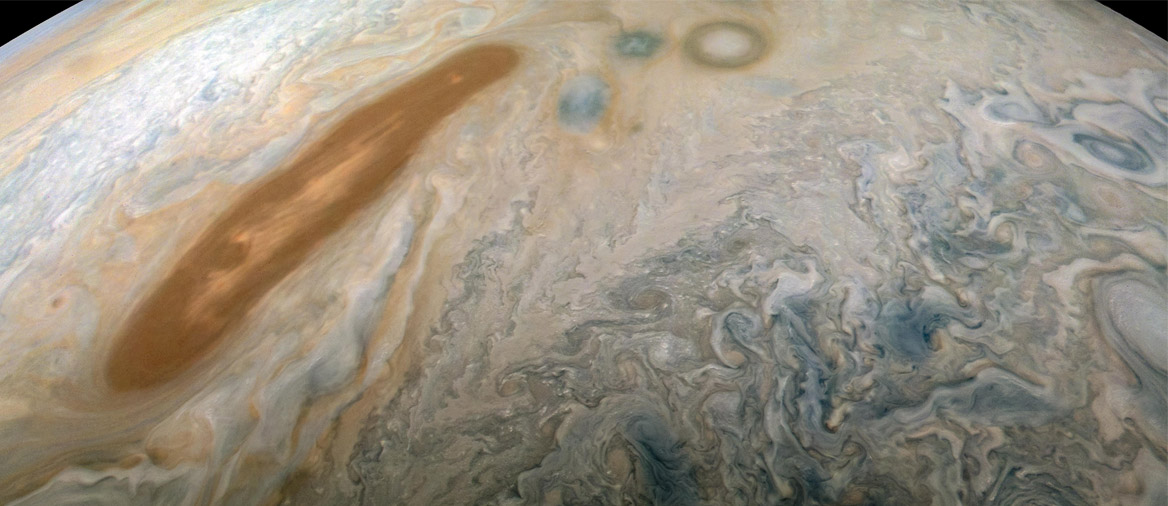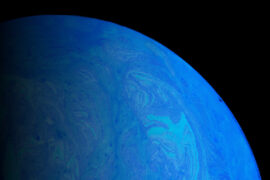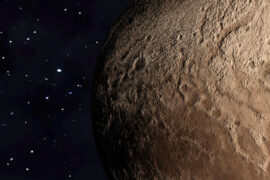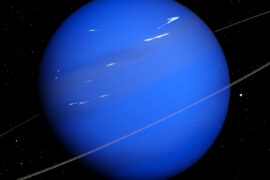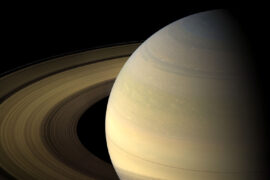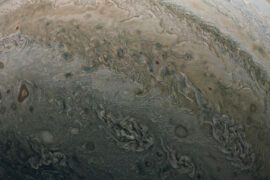Jupiter is the largest planet in the Solar system. As such, it has many characteristics that make it unique amongst the other seven planets in our neighborhood.
This gas giant has been studied since ancient times and we have learned a lot about it throughout the centuries. It turns out, its large size is not the only special characteristic that Jupiter has.
In this article, we’ll take a look at the most unique features of Jupiter so we can learn more about the characteristics that make it stand out and that still keep astronomers in awe and wanting to learn more about it.
Unique features of Jupiter
10. Jupiter is the biggest planet in the Solar system
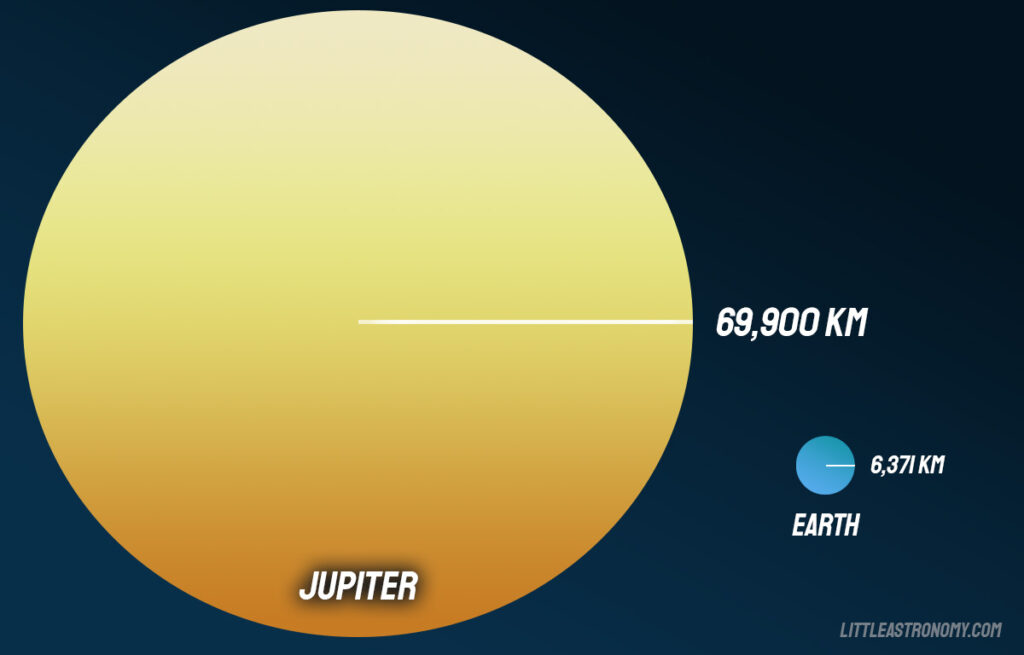
Just to give you an idea of how big Jupiter really is, you would need 13,000 Earth-sized planets to fill it one time.
Jupiter has a nice radius of 69,900 kilometers (43,433 miles). That is 11 times larger than Earth’s radius which is about 6,371 kilometers (3,959 miles).
The second biggest planet in the Solar system is Saturn which is still about 30% smaller in radius.
9. Jupiter is the fastest rotating planet in the Solar system
One of the most impressive things about this planet is that despite its gigantic size, it can rotate extremely fast. This is possible only thanks to its low density and the fact that it is mostly made out of gas.
Jupiter rotates at an average speed of 45,000 km/h (27,961 mph). For comparison, Earth rotates at “just” 1,656 km/h (1,029 mph).
As a result, Jupiter has the shortest days out of all the planets. One day in Jupiter is only about 10 hours.
8. Jupiter gets its many moons from the asteroid belt
Because of its huge mass, Jupiter often captures smaller objects (asteroids, comets) into its orbit. Some of these become natural satellites, or moons as they are commonly referred to.
Currently, 95 moons have been discovered on Jupiter, making it the second planet with the highest amount of natural satellites as Saturn has more. However, it is very likely that Jupiter still has more moons that have yet to be discovered.
7. Jupiter is made of the same things as the stars
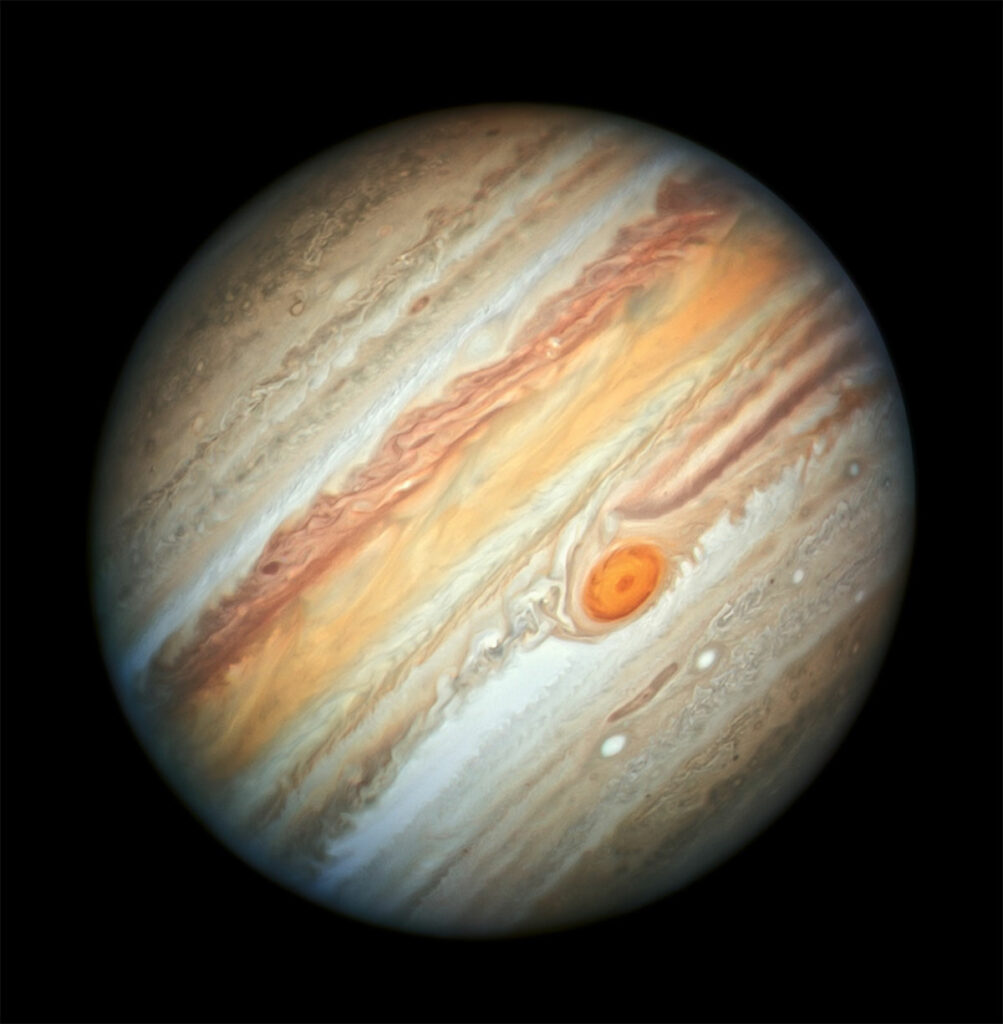
The composition of each of the planets in the Solar system is very different, but one curious thing about Jupiter is that it has a very similar composition to a star.
Jupiter is mostly made out of hydrogen and helium which also happen to be the two most common components of a star.
However, despite its large size, Jupiter isn’t nearly big enough to be close to becoming a star. It would have to be at least 13 times larger to be a brown dwarf and more than 80 times larger so the hydrogen could start the fusion process to form a star.
6. Jupiter has the oldest storm in the Solar system
Jupiter’s great red spot has been one of the most unique features of Jupiter since astronomers were able to observe it using a telescope.
Now we know that the great red spot is a huge storm that has been raging in Jupiter’s southern hemisphere for centuries. There are observations of it that date back to the year 1665.
The storm that makes up the great red spot is so large that it is 1.3 times the diameter of the Earth.
While there is an even larger storm on Saturn, the great red spot is believed to be the oldest storm in the Solar system. However, it might not exist for long. Astronomers believe it will begin to dissipate in the next two decades.
5. It rains diamonds on Jupiter
Jupiter has some methane (CH4) in its clouds. When the planet’s furious lighting storms hit the methane particles, some carbon atoms are liberated and then stick together to form soot.
The soot then falls down Jupiter’s denser layer where the pressure increases and it gets compressed into graphite. The graphite, in turn, keeps falling through the even denser layers until it is transformed into diamonds.
The process continues until the diamonds reach an area so hot that even they begin to melt into what is basically raindrops of diamonds.
4. Jupiter is cold and hot at the same time
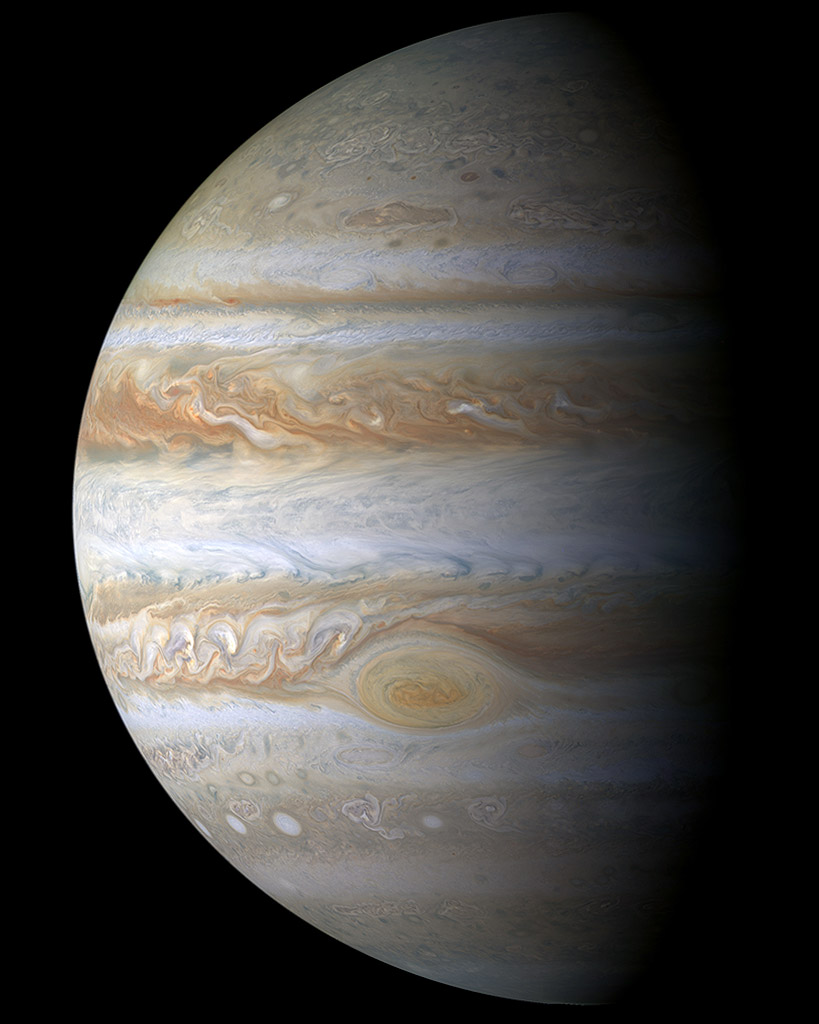
Jupiter doesn’t get nearly as much sunlight as Earth due to its distance from the Sun. As a result, Jupiter’s atmosphere and outer layers are very cold. The average temperature there is around −185°C (−301°F), which is considerably much colder than the lowest temperature ever registered anywhere on Earth which is -89.2°C (-128.6°F).
But as you go down Jupiter’s layers, the pressure and temperature begin to rise really fast because the heat gets trapped by its clouds. So much so that by the time you are close to the planet’s core, the temperatures can reach 24,000°C (43,000°F).
source: Is Jupiter hot or cold?
3. Jupiter has rings
Saturn is not the only planet in the Solar system that has rings, Jupiter also has its own set. Actually, all of the gas giants have them.
Jupiter’s rings are faint and thin so they are not visible from Earth. They weren’t discovered until 1979 when the Voyager 1 flew by the planet on its way out of the Solar system and managed to get some closeup photos.
These rings are mostly made up of tiny particles of dust and extend to a radius of up to 226,000 kilometers (140,000 miles).
2. Jupiter has more mass than all the other planets combined
When the Juno spacecraft arrived at Jupiter’s orbit in 2016 it found out something very interesting. Jupiter doesn’t appear to be homogenous. It contains metals toward its core that are heavier than the rest of Jupiter’s elements (hydrogen and helium).
This means that at some point in its early history, Jupiter probably absorbed other planetesimals (very early stages of a planet).
That could explain how Jupiter got to be much bigger than the rest of the planets in the Solar system. So much that if you put them all together Jupiter would still have more mass.
1. Jupiter has the biggest magnetic field out of all the planets
There is a lot we don’t know about Jupiter’s core yet. For example, we are not sure if the planet has a solid core or if it is in some sort of semi-liquid state.
But we do know that Jupiter’s outer core works like a dynamo to generate the most powerful magnetic field out of all the planets in the Solar system. This is a process very similar to how Earth generates its own magnetic field that protects us from cosmic radiation and solar winds.
Jupiter’s magnetic field also creates permanent aurorae in the planet’s poles just like the aurora borealis (northern lights) that we can see in some regions of Earth.

